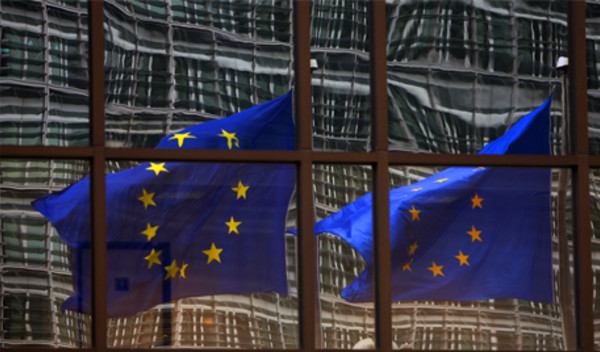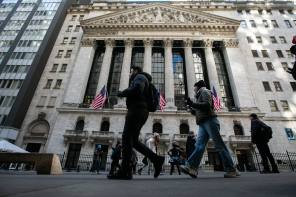

European equity managers failed to fully capture January’s strong market rally, which saw the bloc post its best returns since the end of the 2011 eurozone crisis, according to S&P Dow Jones Indices.
Figures from the data company show its S&P Europe 350 index increased by 7.3 per cent in the first month of this year.
It was the biggest monthly rise on the index since October 2011, when the market rallied by 7.7 per cent following the resolution of the eurozone crisis that had caused European markets to fall for five consecutive months.
S&P Dow Jones Indices said the major driver behind the positive month was the mammoth quantitative easing programme unveiled by the European Central Bank in January.
Although the announcement came towards the end of the month, the equity markets rallied both before the news and then immediately afterwards, with fears about Greece’s election at the end of the month failing to dampen spirits.
Tim Edwards, senior director of index investment strategy at S&P Dow Jones Indices, said: “Who’s worried about Greece when Mario Draghi has turned on the taps?
“German taxpayers may be fretting; the European equity markets are delighted.”
However, while the index rose at its fastest pace for nearly three-and-a-half years, equity funds based in the UK lagged.
The average fund in the IA Europe excluding UK sector delivered a return of 4.3 per cent for sterling-based investors. The best return from a conventional, unhedged share class was from the BlackRock Continental European Income fund, which achieved 6.9 per cent in January.
The BlackRock fund was beaten by only one other fund. The hedged institutional share class on the David Dudding-managed Threadneedle European Select fund blew the competition away with a return of 11.9 per cent.
The main problem for UK-domiciled funds was that as the European stockmarkets soared, the value of the euro plummeted against sterling.
This meant that by the time the equity gains were translated back from euros into sterling, UK investors had missed out.
UK investors only have a limited number of funds that have a share class that hedges out the currency movement, and only the Threadneedle fund managed to combine both strong performance and the benefits of the hedge in January.
While cyclical and growth sectors are generally expected to outperform in equity rallies, data from S&P Dow Jones Indices showed it was two sectors generally viewed as defensive that led to the rally, as health care and consumer staples both generated double-digit returns.
At the other end of the spectrum, the energy and financials sectors underperformed the index, with energy stocks being dragged down by the low price of oil.
Mr Edwards said: “Low volatility, growth and higher-dividend equities also did well, while asset-allocation strategies such as risk control missed out on the bumper gains delivered in the month.”



